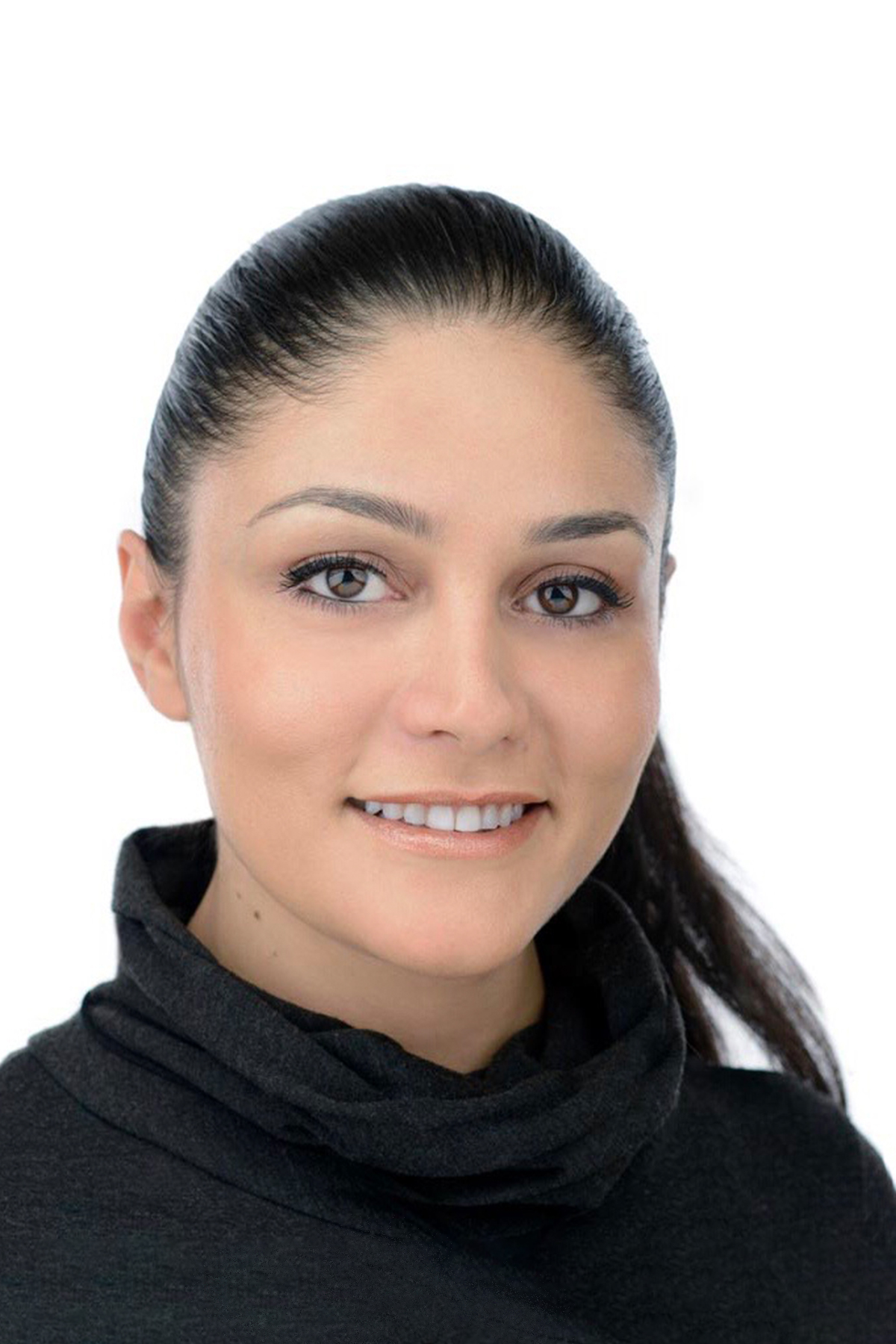Mona Ghandi
Assistant Teaching Professor
Mona Ghandi is an architect, researcher, and educator who graduated from the University of California, Berkeley and is an assistant teaching professor of architecture at the University of Washington.
As the director of Morphogenesis Lab, she has extensive experience in emerging technologies and their role in advancing innovative design, improving well-being, inclusion, alternative models of building delivery, and sustainability in buildings. Her research is interdisciplinary, linking architecture, computer science, neuroscience, psychology, and material science. It focuses on the Emotive and Performative Intelligent Architecture which examines the role of Artificial Intelligence, machine learning, robotics, sensory environments, and adaptive architecture to enhance social, environmental, and personal well-being. While subjective well-being, inclusion, equity, and social justice in design are the focus of emotive systems design, the performative systems involve environmental concerns such as sustainability, energy and building performance efficiency, and decarbonization. Her research has significant implications in the medical field, aircraft and car industry, education and cognitive studies, energy, and psychology.
Her research aims to create cyber-physical adaptive spaces that can respond to the user’s physiological and psychological needs based on biological and neurological data in real-time. Her focus is on smart systems that create adaptive and user-oriented spaces using affective computing. Through artificial intelligence, she seeks to create spaces that can learn from the user’s behavioral patterns in real-time, enhance environmental quality, reduce user’s anxiety and depression, and promote more flexible, human-centered designs. Her research has been funded by NIH, NSF, Autodesk, IAAC, Energy System Innovation Center, and Washington State University (WSU) Office of Research to name a few.
She has taught a wide range of studios and lecture courses focusing on advanced computational technologies, data-driven design, simulation, robotics, Virtual|Augmented reality, digital fabrication, and responsive and adaptive architecture both at the graduate and undergraduate levels at WSU, UC Berkeley, and Ohio University. She has more than twelve years of professional experience ranging over residential, commercial, industrial, urban, and landscape projects working with NADAAA, Emerging Objects, VAV Studio, and MEM Architecture.
Her work has been recognized with several national and international prestigious awards such as the World Architecture Award, Architizer A+Award in Architecture+ New Technology, LAKA competition, prestigious Vilcek Award for creative promise in Architecture; this prestigious award is given annually to encourage and support emerging to mid-career immigrant artists and scientists who have demonstrated exceptional achievements early in their careers, which can have lasting contributions to American society. Her research was recognized as Top 10 Creative Scholarship Award at 2019 IDEC Annual Conference.
Her work has been presented and published in major national and international design conferences and exhibited in regional, national and international exhibitions such as the Venice Biennale of Architecture, Bellevue Arts Museum, Melbourne Design, Latrobe Regional Gallery Hub, AIA Spokane Award Gala, and Lewis-Clark State College Center for Arts & History. Her work has been featured in numerous local, national, and international publications including the New York Times, 1889 Washington Magazine, Architectural Record, Krem 2 News, Inlander, and the Spokane Spokesman-Review to name a few.
